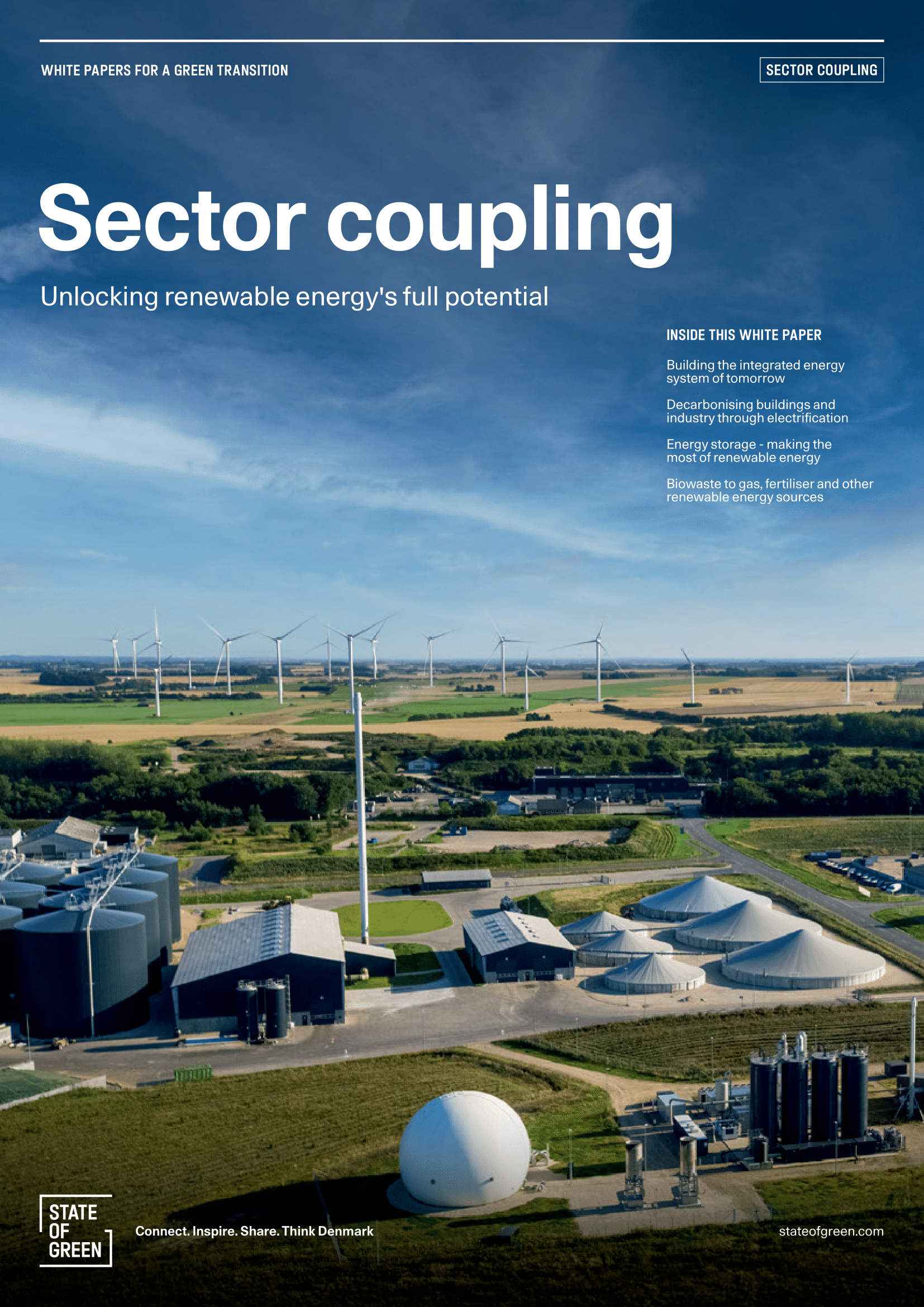Solution provider

The global climate crisis caused by carbon emissions is a key threat to society and our planet. Danfoss’ energy-efficient and climate-friendly solutions enable a cost-effective green transition.
Case
Sector coupling
Digitalisation
Electricity grid
+2


The global climate crisis caused by carbon emissions is a key threat to society and our planet. Danfoss’ energy-efficient and climate-friendly solutions enable a cost-effective green transition.
Add the case to your visit request and let us know that you are interested in visiting Denmark
Photo credit: Danfoss
As cities aim to lower their carbon emissions, integrating intelligent energy systems that can adapt to the fluctuation of renewable energy is vital. Nordhavn, a newly developed district in Copenhagen, exemplifies future city districts by showcasing and testing flexible energy
system solutions.
Fluctuating local energy production and consumption will result in energy flowing in several directions in the energy system. The Nordhavn EnergyLab project aimed to address the increased need for flexibility in the energy system in terms of controlling this in both time and place and energy form. Today, energy services are typically optimized locally in terms of delivering their primary function in high quality at the lowest possible price, regardless of the current state of the energy system. This entails extra challenges and costs for the energy system, e.g. during peak load periods. The purpose of the project was to find solutions to these challenges, based on new and existing energy flexibilities in the energy system.
Intelligent energy components, designed by Danfoss, enable the intelligent and efficient transport of heating and cooling between buildings. This includes district heating substations with ultra-low temperatures, remotely controlled radiator thermostats for regulating building heating, and the utilisation of excess heat from a supermarket’s cooling system.
These solutions communicate their dynamic energy flexibility to the overall system control, responding to signals about time shifts, energy carriers and function changes. The technology company ABB has contributed with a battery energy management system supporting grid fluctuation, along with a real-time data collection and management system, reducing heating consumption by 68 percent.
This project demonstrated how specific Danfoss heating and cooling solutions could be further developed so that they deliver energy flexibility in addition to – and without compromising – their primary function. The project further developed the following services so that they could be operated/optimized in relation to several parameters e.g.
1) Heat exchanger stations with booster heat pump for Ultra-low temperature district heating systems in larger buildings.
2) Danfoss Living Connect building automation.
3) Supplementary use of refrigeration machines in supermarkets.
EnergyLab Nordhavn demonstrates how the integration of electricity, heat, energy-efficient buildings and electric transportation in city districts can significantly reduce carbon emissions.
All the solutions are able to communicate their current, dynamic energy flexibility to the overall system control and are able to respond to signals about shifts in time, between energy carriers and function changes.
The heat booster was installed in two larger buildings. The home automation was installed and demonstrated in 10 homes. A larger heat pump was used and demonstrated, e.g. in a supermarket that is connected to the district heating network.

Discover the hidden potential of sector coupling in this white paper, offering valuable insights and practical solutions that can inspire and guide global efforts towards a green and sustainable transition.
Discover the publication